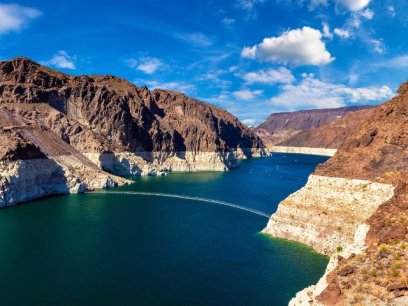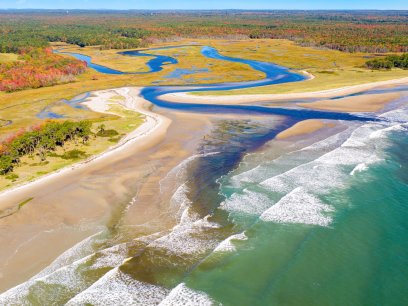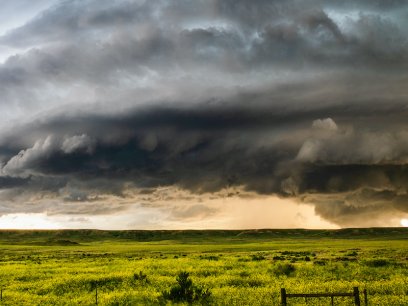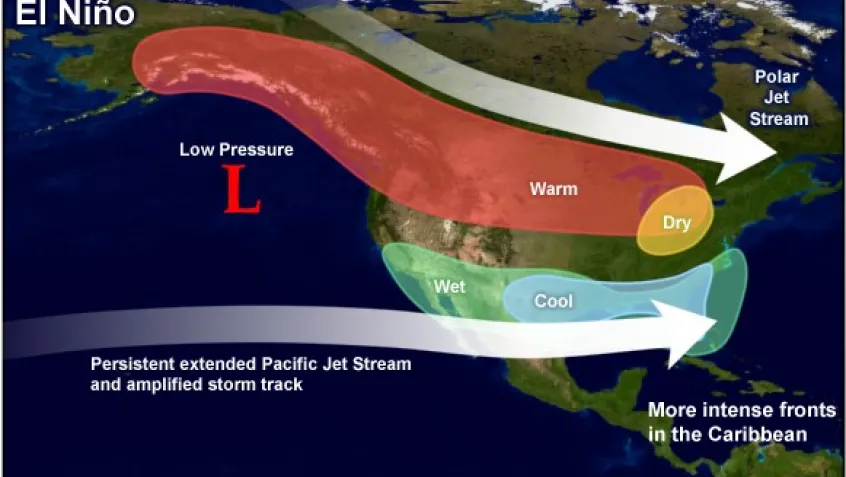
While you have probably heard the terms El Niño and La Niña used to describe these complex weather patterns, it can be difficult to know the difference between the two. These periodic weather patterns occur as a result of fluctuating ocean temperatures in one part of the world, namely the east-central equatorial Pacific Ocean. This can lead to extreme weather (think intense rains and severe droughts) in other parts of the world, such as the United States.
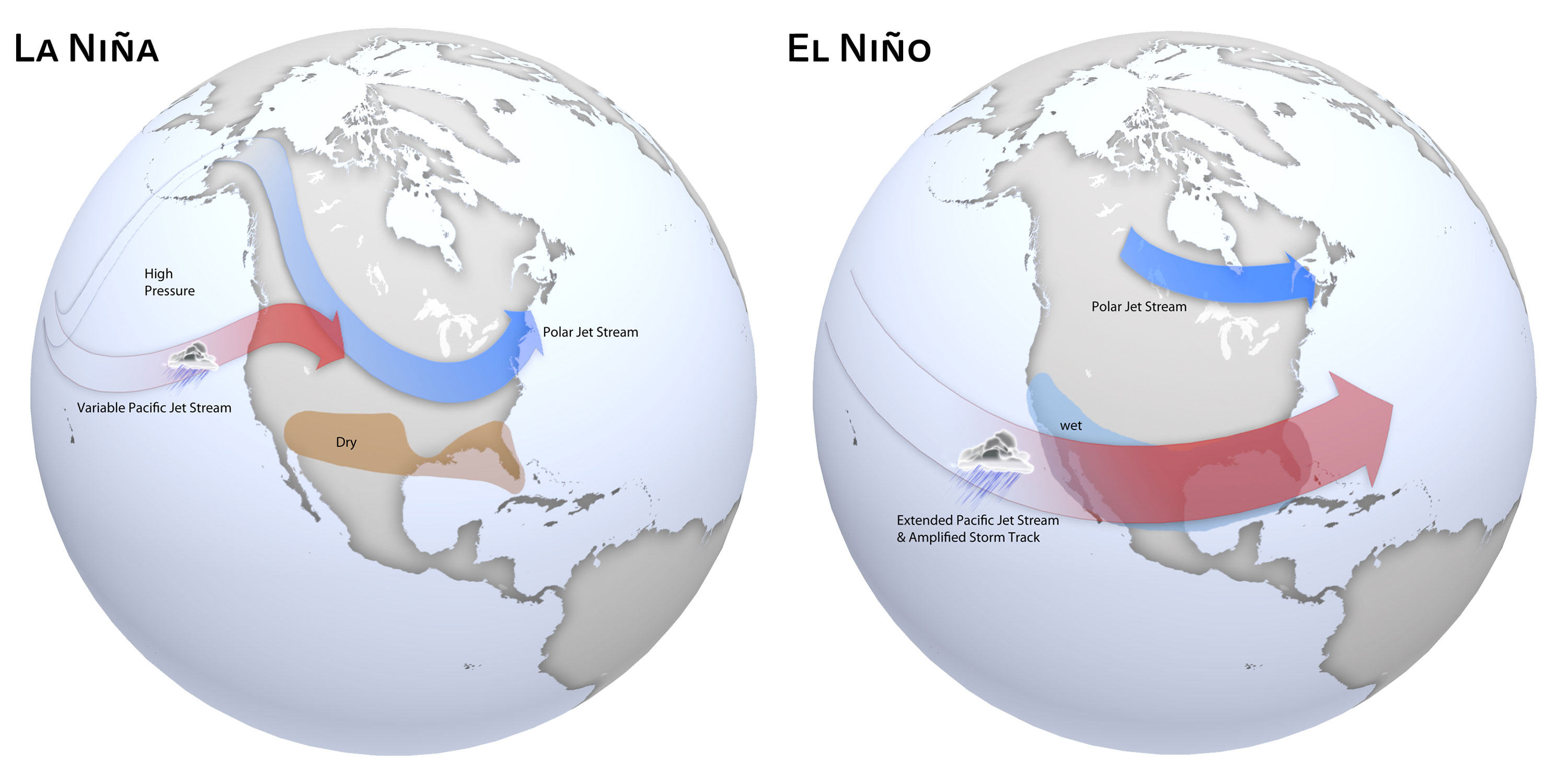
How Do El Niño and La Niña Affect the Weather?
The surface of the ocean warms and cools intermittently as it interacts with the strength of the trade winds, which blow from east to west in normal conditions. As the ocean surface temperature changes in response to atmospheric conditions, it modifies rainfall patterns. It’s a bit of a scientific dance between ocean and atmosphere, with the opposite ends of the spectrum known as El Niño (the warm phase) and La Niña (the cold phase). Together, these extreme phases are called the El Niño-Southern Oscillation (ENSO) cycle.
What Happens During an El Niño?
When warm water builds up along the central and eastern tropical Pacific Ocean, an El Niño occurs. This increases moisture rising in the air, resulting in more rainstorms. In the US, winter temperatures tend to be warmer than normal in the Northwest with decreased rainfall, while the Southeast experiences wetter-than-average conditions.
For example, in 1997, the unusually warm water was up to 6 °C warmer than average, resulting in above-average rainfall in certain parts of the world. You may recall that parts of the Southwest, including California, experienced historic flooding and landslides during 1997. Similarly, in 2015, Southern California’s sea levels were more than six inches above normal, leading to higher-than-normal tides and increased coastal flooding.
What Happens During a La Niña?
Conversely, when cool water builds up along the same region, a La Niña occurs with the opposite impact. In the US, winter temperatures tend to be cooler than average in the Northwest and warmer than average in the Southeast.
In 1988, the unusually cool water caused the atmosphere to cool in response. As less water evaporated, the air became dryer, cooler, and denser. Because this dense air didn’t rise or develop into storms, less rain fell in certain parts of the world, such as the eastern Pacific, Ecuador, Peru, and the southeastern United States.
Why Are El Niño and La Niña Important?
Together, El Niño and La Niña are part of a natural cycle that can significantly impact not only global weather, climate, and ocean conditions but also food production, human health, and water supply. These systems typically last about one to two years, with the cycle alternating every three to seven years.
As we near the tail-end of multiple El Niño years, what can we expect for the upcoming La Niña winter? According to NOAA’s winter forecast, the US will experience warmer, drier conditions across the Southeast, and cooler, wetter conditions in the North. Also, NOAA’s Climate Prediction Center is closely monitoring persistent drought, since nearly half of the continental US is experiencing drier-than-normal conditions.
Learn More About Seasonal Weather Patterns
Get a closer look at how these weather patterns work by watching a few helpful videos from the National Oceanic and Atmospheric Administration (NOAA). In particular, check out El Niño and La Niña Explained and Observing El Niño.
